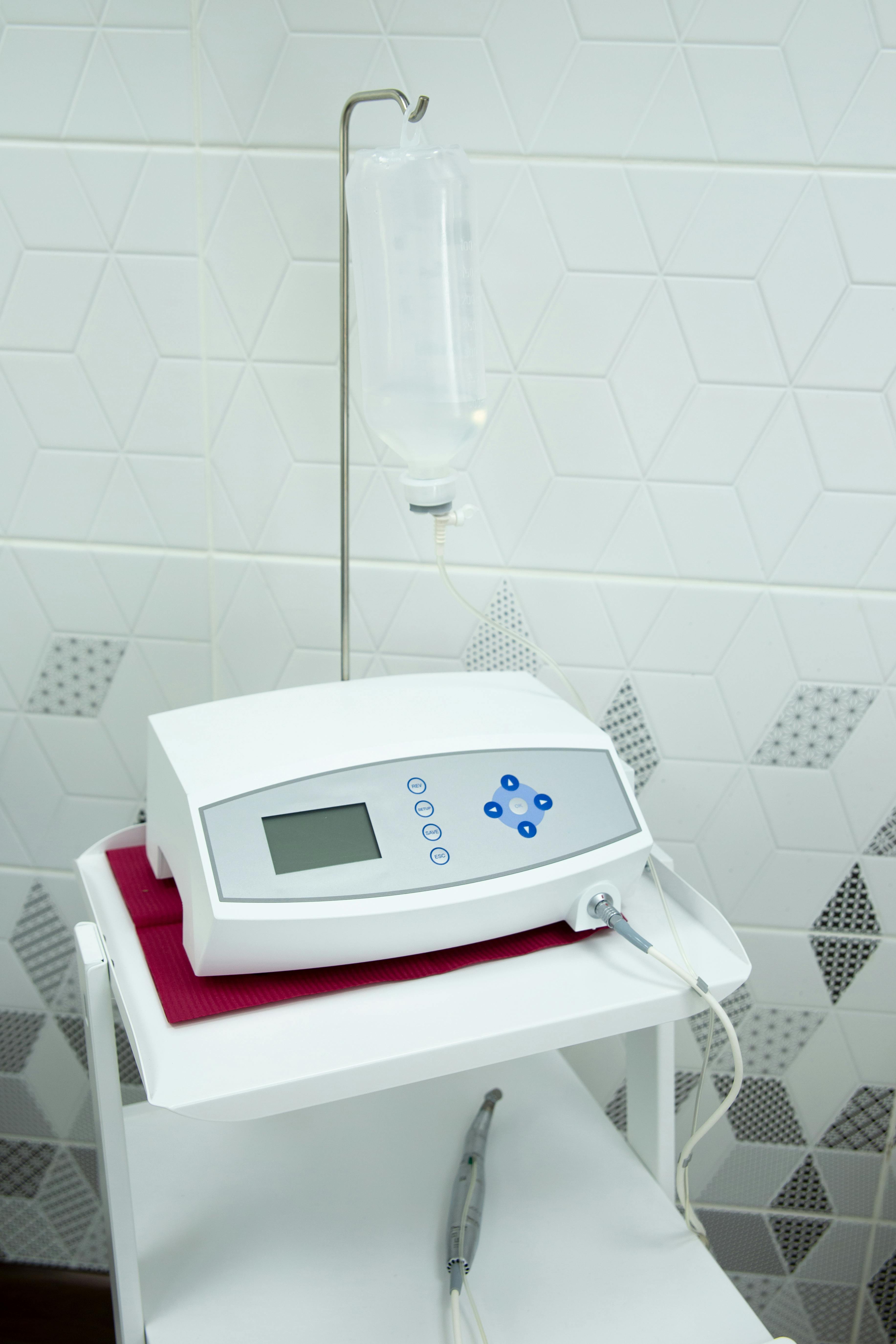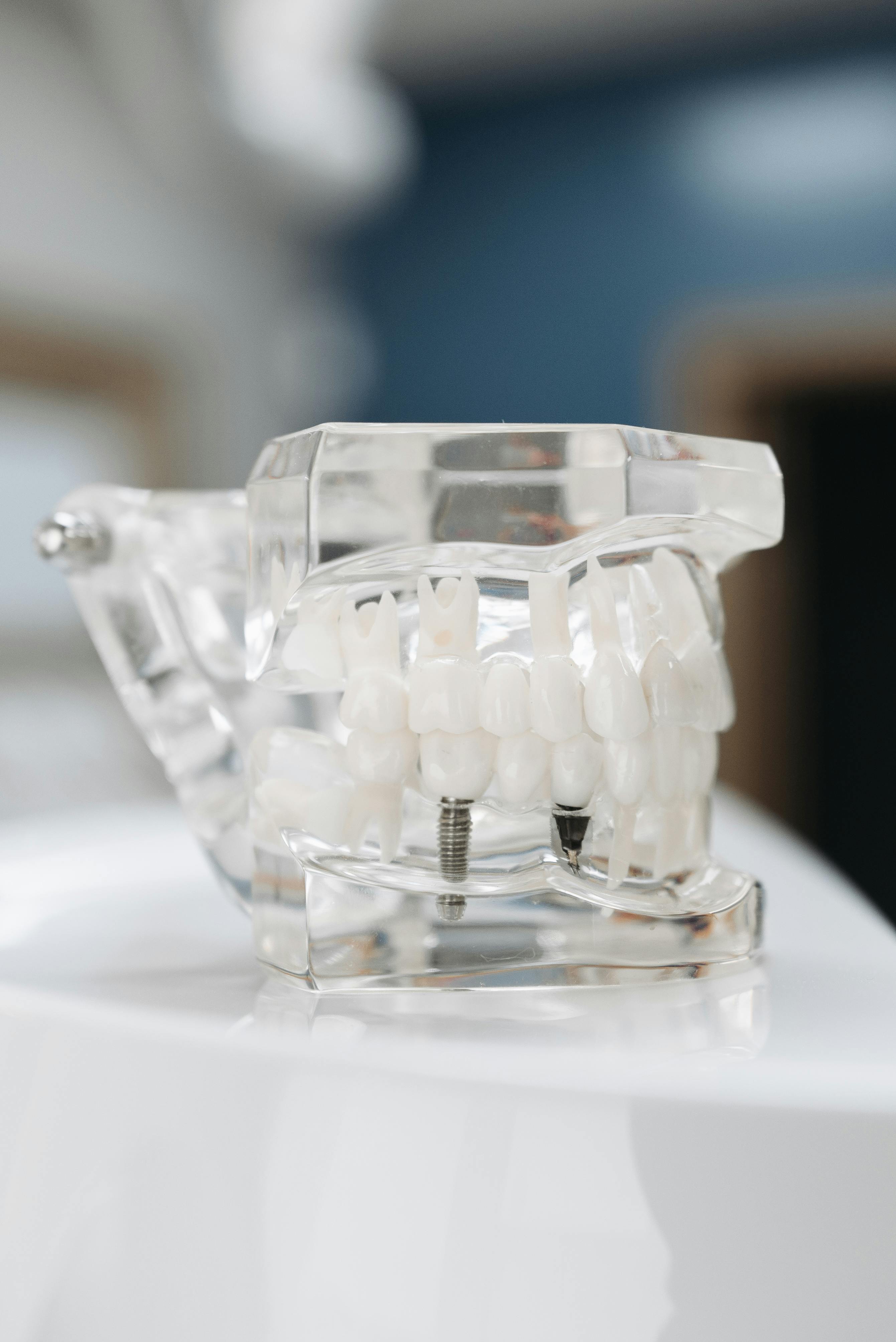Dental Implants New Technology: A Revolution in Modern Dentistry
The world of dental implants has undergone significant changes over the last decade, thanks to the rapid advancements in dental implants new technology. This cutting-edge innovation is providing patients with more effective, precise, and long-lasting solutions than ever before. In this article, we will delve into the latest breakthroughs in dental implant technology, offering insights into their benefits, applications, and the future of dental care.

Understanding the Fundamentals
Dental implants are artificial tooth roots that provide a permanent base for fixed or removable replacement teeth. Traditionally, dental implants have been considered a reliable solution for individuals missing teeth. However, with recent advancements in dental implants new technology, these procedures have become even more precise, faster, and more comfortable for patients. Understanding the fundamentals of dental implants is essential for recognizing the importance of these new technologies.
As technology continues to evolve, dental implants now offer more advantages than ever. Modern implant systems allow for quicker recovery times, enhanced customization, and improved functionality compared to earlier methods. These innovations aim to make the entire dental implant process smoother for patients, reducing both the time and discomfort traditionally associated with dental implant surgeries.
1.1 The Basics of Dental Implants
Dental implants are designed to replace missing or damaged teeth, restoring both form and function. Made of durable materials like titanium, these implants are surgically placed into the jawbone, where they fuse with the bone over time in a process known as osseointegration. This technology ensures the implant remains stable and strong, providing a natural feel and appearance.
Recent statistics show that the success rate of dental implants has increased significantly, thanks to advances in technology such as 3D imaging, CAD/CAM systems, and robotic-assisted surgery. These tools allow for highly accurate implant placement and more predictable outcomes.
1.2 New Technological Advancements
The advent of digital technology has been a game-changer for dental implants. With the integration of 3D imaging and computer-assisted design (CAD), dental professionals can plan and execute implant placements with incredible precision. These advancements allow for virtual simulations of the entire procedure before it even begins, significantly reducing the risk of complications.
One notable innovation in implantology is the use of robotic-assisted surgery. Robots, guided by advanced software, can assist dentists during surgery, ensuring the placement of implants is as precise as possible. This technology has further increased success rates and reduced recovery times for patients.
Practical Implementation Guide
With the advancements in dental implants new technology, the process of getting an implant has become more straightforward for both patients and dental professionals. The following guide provides actionable steps for individuals considering dental implants as well as tips for dental practitioners incorporating these technologies into their practice.

2.1 Actionable Steps
- Step 1: Consultation and Evaluation: The first step involves a thorough evaluation, including X-rays and 3D scans to determine the bone structure and overall health of the patient’s mouth. This stage is critical for planning the implant procedure with high precision.
- Step 2: Custom Treatment Plan: Based on the evaluation, a personalized treatment plan is created. CAD/CAM technology can be used to design the implant, ensuring that it matches the patient’s natural teeth and fits perfectly.
- Step 3: Surgery and Recovery: During the surgical procedure, the implant is placed into the jawbone. Post-surgery recovery times are generally shorter with modern techniques, with many patients returning to their normal routine in a matter of days.
2.2 Overcoming Challenges
While dental implants new technology offers incredible benefits, there are still some challenges to overcome. One common obstacle is the initial cost of the procedure, which can vary depending on the technology used. Patients may also experience discomfort or swelling during recovery, although this can be managed with proper care and medication.
To overcome these challenges, dental practitioners should communicate openly with patients about the procedure, expectations, and aftercare. Regular follow-up appointments are also important to monitor healing and ensure the implant is functioning properly.
Advanced Applications
As dental implants new technology continues to evolve, more advanced applications are emerging, offering even greater precision, customization, and efficiency in implant procedures. These advancements are reshaping the dental landscape, offering patients and professionals alike new ways to achieve optimal results.

3.1 Robotic-Assisted Implant Surgery
Robotic-assisted implant surgery is one of the most exciting advancements in dental implant technology. This technique uses robotic arms guided by advanced software to assist in placing the implant with unparalleled accuracy. By reducing human error and ensuring precision, this method improves patient outcomes and reduces the risk of complications.
Performance metrics show that robotic-assisted surgeries have lower complication rates and faster healing times compared to traditional methods. For example, a recent study found that patients undergoing robotic-assisted implant surgery experienced less post-operative discomfort and a quicker recovery compared to those who underwent manual surgery.
3.2 3D Imaging and Virtual Planning
3D imaging and virtual planning have become essential tools in modern dental implants. Using sophisticated imaging systems, dentists can create highly detailed and accurate representations of a patient’s jaw and teeth. This enables more precise implant placement, ensuring better outcomes and fewer complications.
Furthermore, these technologies allow for virtual simulations, where the dentist can plan the surgery in a virtual environment before performing the actual procedure. This process not only boosts the success rate but also minimizes the need for invasive surgery, which enhances the patient’s overall experience.
Future Outlook
The future of dental implants new technology looks incredibly promising. Innovations in biomaterials, artificial intelligence, and regenerative medicine are paving the way for even more advanced solutions. For instance, new implant materials are being developed that are even more durable and biocompatible, reducing the likelihood of implant failure over time.
In the next 3-5 years, we can expect even more breakthroughs in AI-driven diagnostics, where algorithms will help dentists predict potential complications before they arise. This will lead to a new era of personalized, patient-specific dental implant solutions, offering a higher degree of customization and precision.
Conclusion
Dental implants new technology has already transformed the way dental professionals approach implant procedures, resulting in better outcomes, faster recovery, and increased patient satisfaction. As the field continues to evolve, the benefits of these innovations will only grow, offering even more precise and effective solutions for individuals seeking to restore their smiles.
If you are considering dental implants, it’s essential to stay informed about the latest advancements in the field. By doing so, you’ll be able to make the most informed decision regarding your dental care. Consult with your dentist about the options available to you and explore the exciting possibilities offered by modern dental implant technology.
Frequently Asked Questions
- Q: What are dental implants and how do they work? Dental implants are titanium posts placed in the jawbone to replace missing teeth. They fuse with the bone and provide a stable foundation for artificial teeth.
- Q: How long does the dental implant process take? The process typically takes several months, with healing time for the bone integration phase ranging from 3 to 6 months. However, advancements like same-day implants are reducing this timeline.
- Q: How much do dental implants cost? The cost of dental implants can vary depending on factors like the technology used, the complexity of the case, and the location of the dental practice. On average, implants range from $1,500 to $4,000 per implant.
- Q: Are there any risks with dental implants? While dental implants are generally safe, there are risks like infection, nerve damage, or implant failure. Working with an experienced dentist can minimize these risks.
- Q: What is the recovery process like? Recovery typically involves some swelling and discomfort, but most patients are able to return to their regular activities within a few days to a week. Full healing may take several months.
- Q: Can dental implants be used for all patients? Dental implants are suitable for most patients, but those with insufficient bone mass or certain medical conditions may need additional treatments or be advised against implants.
- Q: How do dental implants compare to other tooth replacement options? Compared to dentures or bridges, dental implants provide a more permanent solution with a natural feel and appearance, better comfort, and no need for removal or adhesives.
